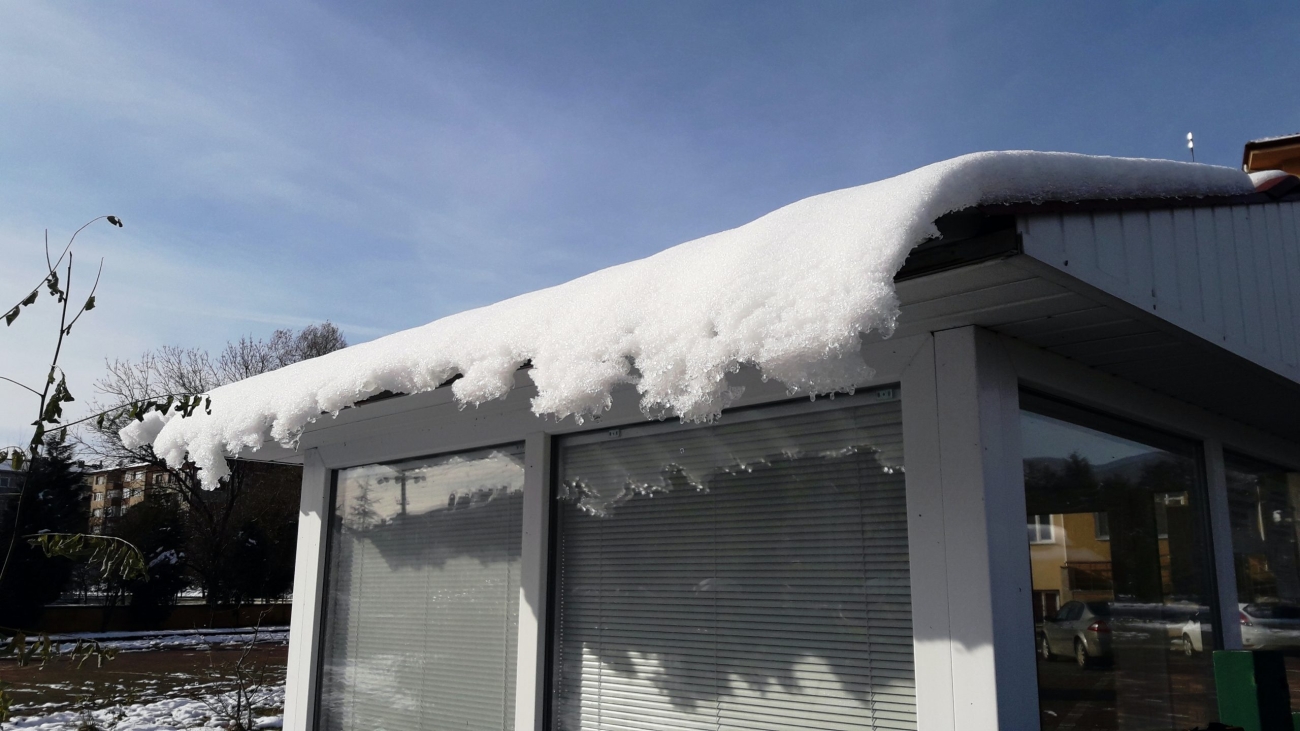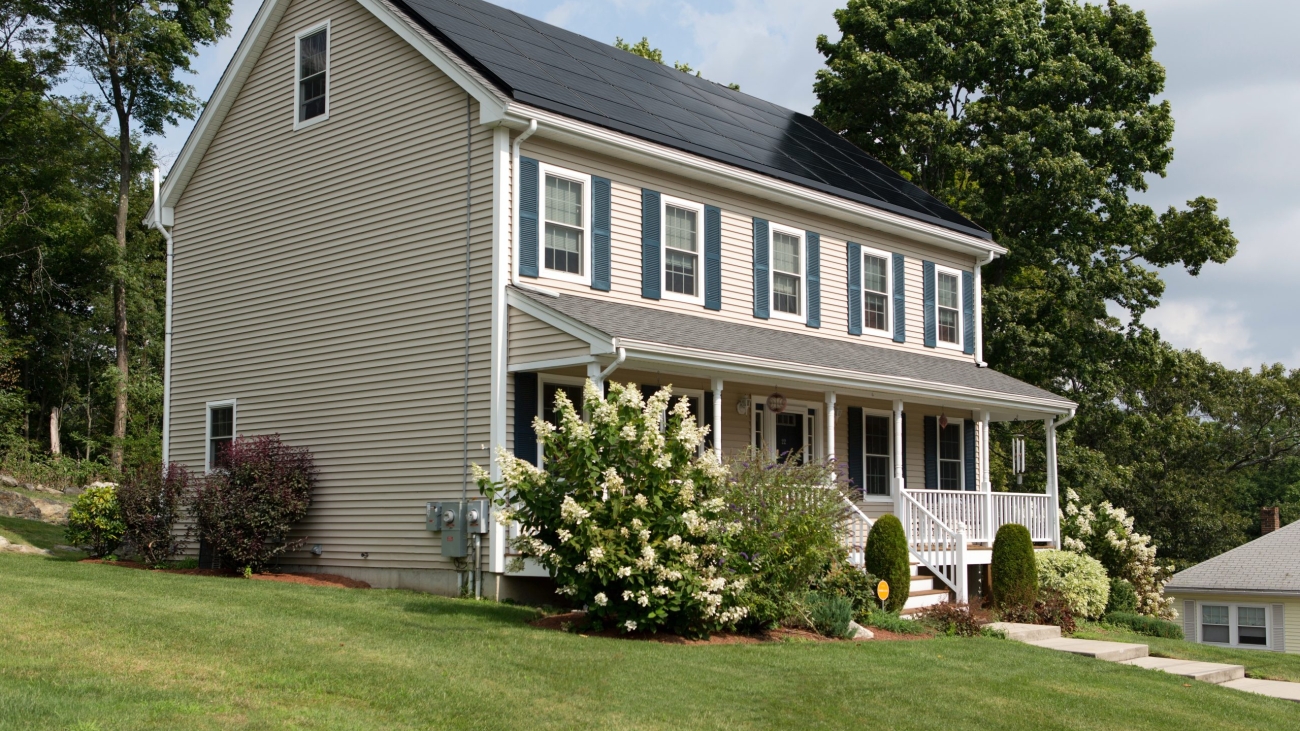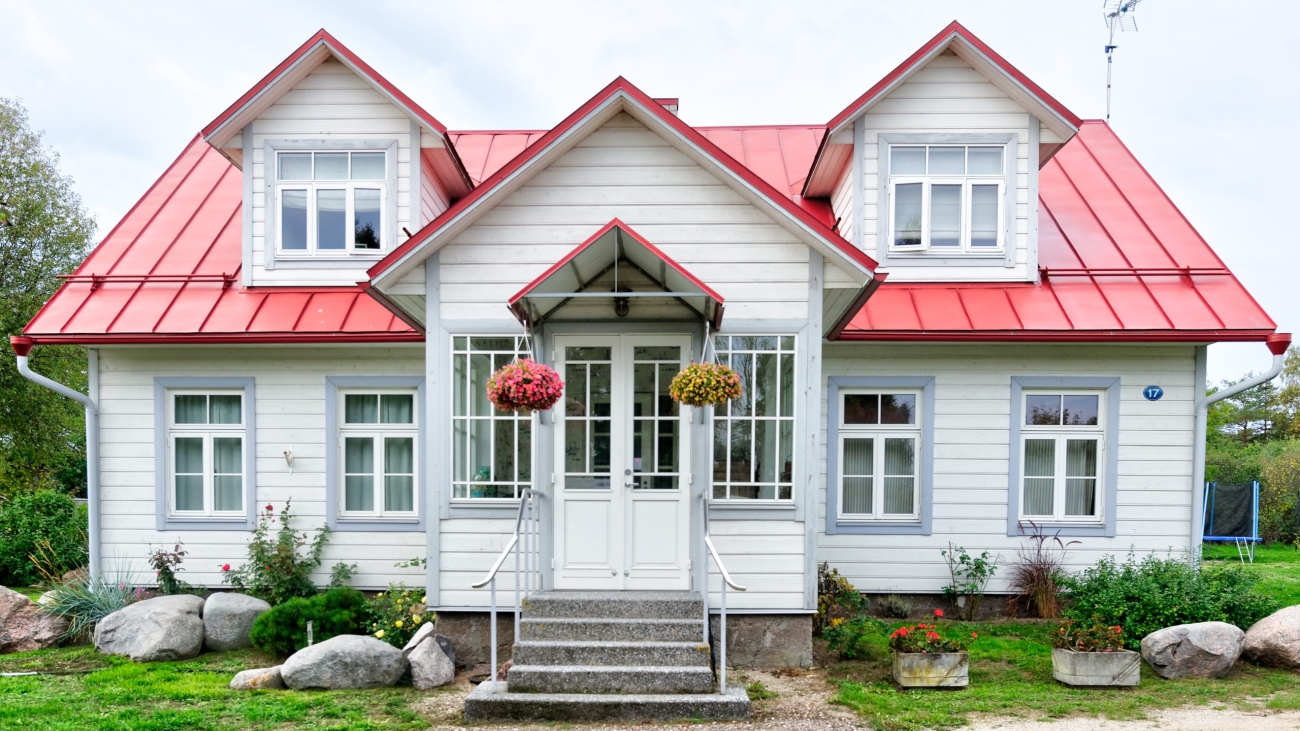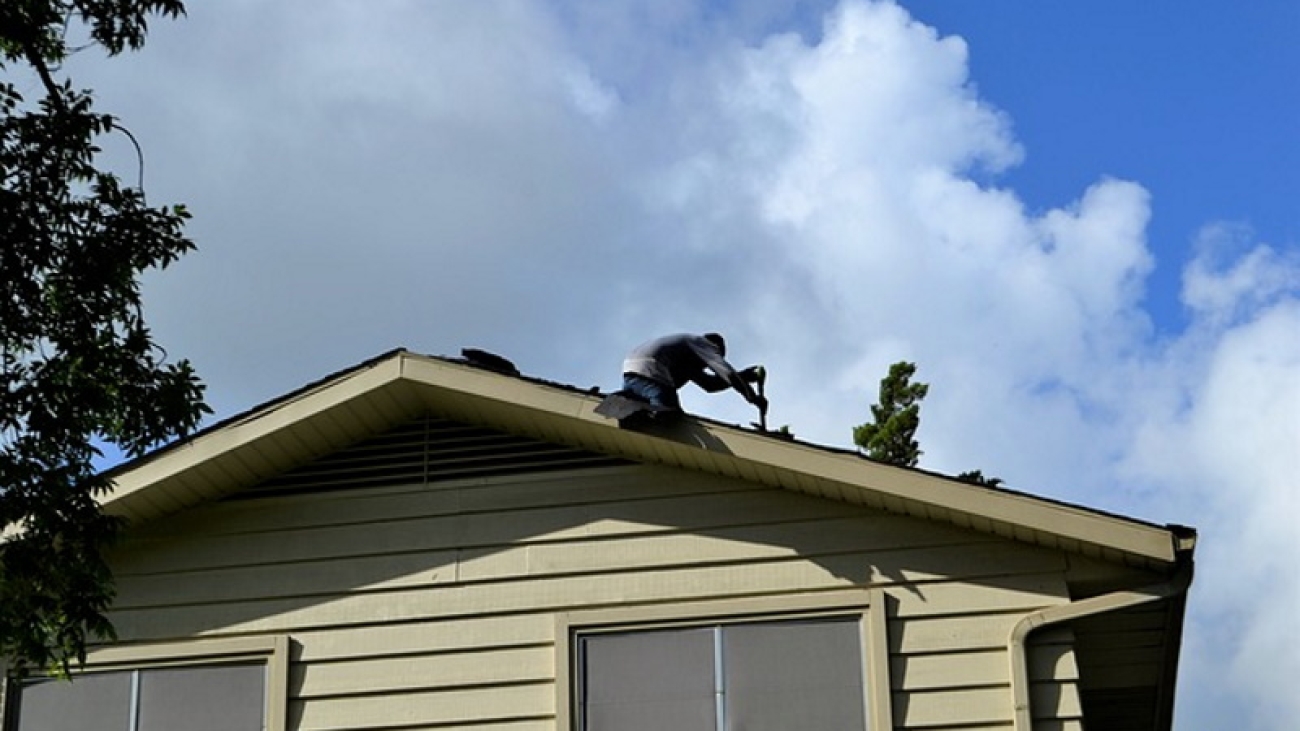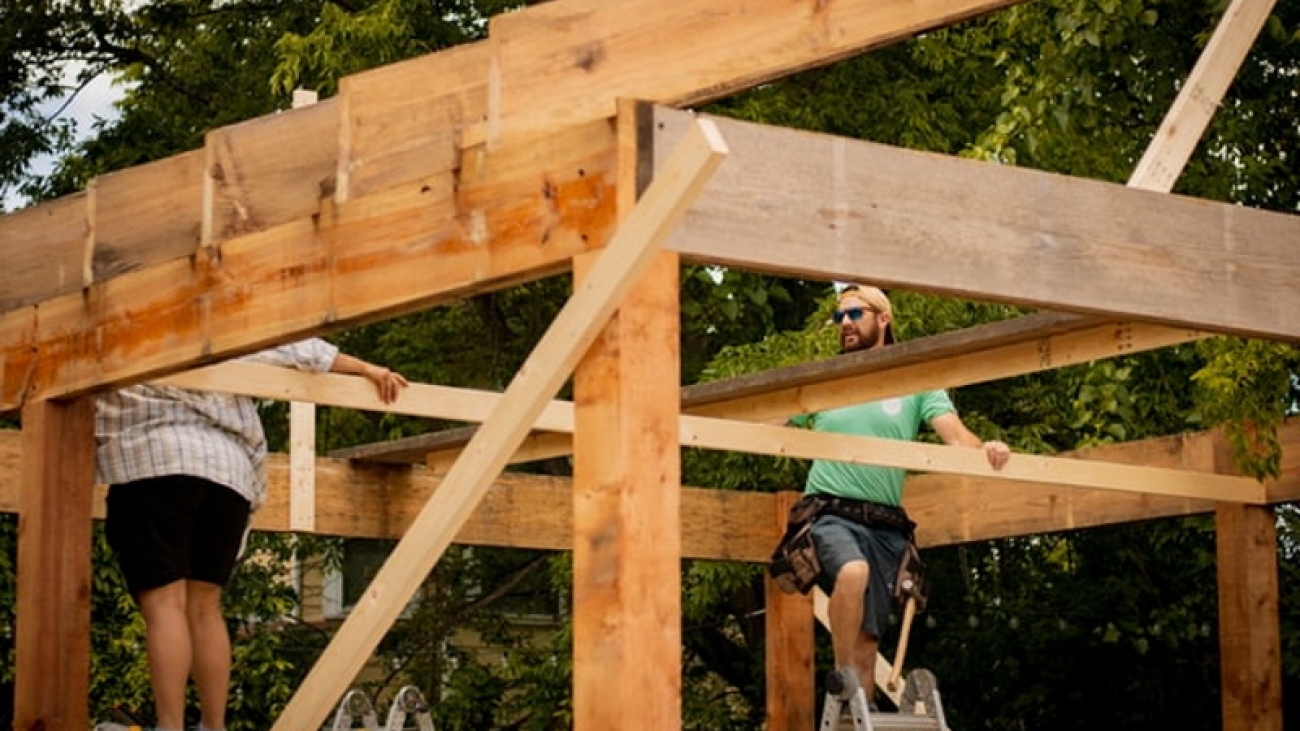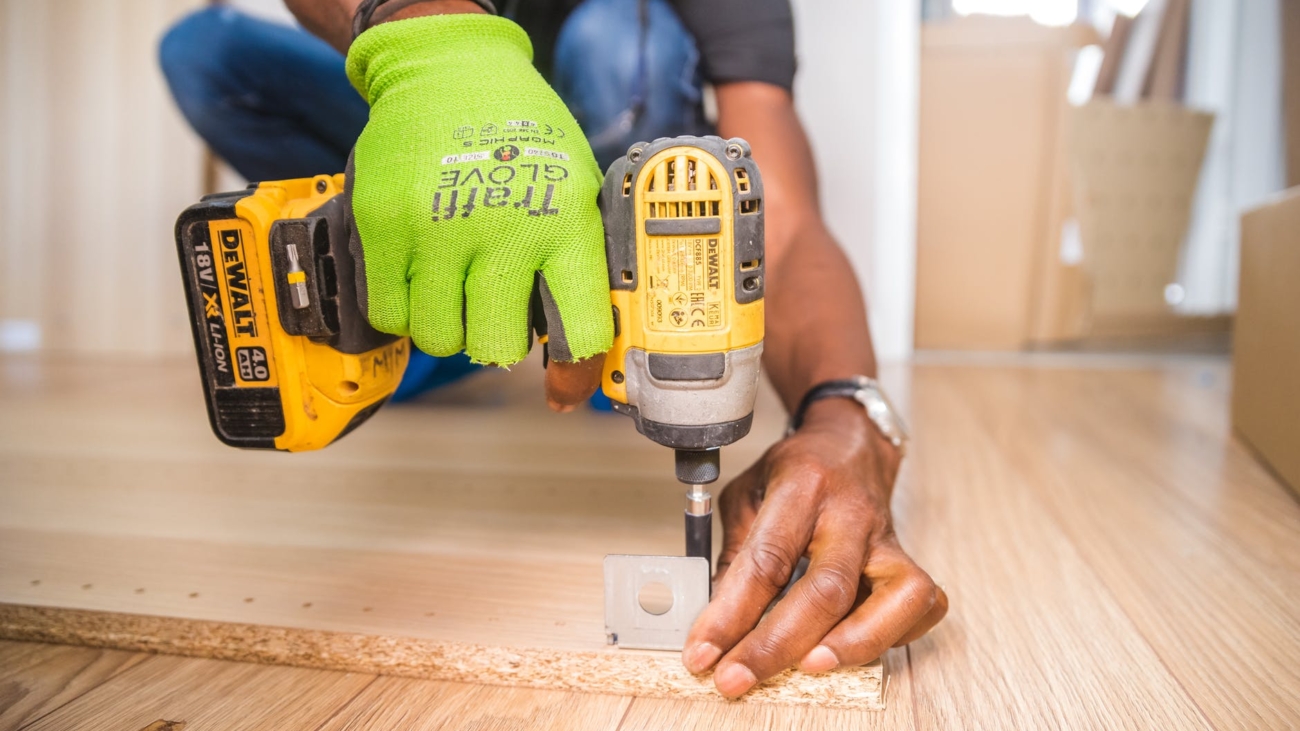Preventative Maintenance 101
A well-maintained roof is the first line of defence for any home or business, protecting against the elements and ensuring structural integrity. Preventative maintenance plays a pivotal role in extending the lifespan of your roof, whether it’s brand new or has weathered the elements for years. In this comprehensive Preventative Maintenance 101 guide, we will explore the essential steps to maintain both new and old roofs, highlight common issues to look out for, and discuss when it’s time to call the professionals at Cambie Roofing for expert assistance.
Maintaining New Roofs:
Regular Inspections:
New roofs benefit greatly from regular inspections. Conduct a visual check to ensure there are no visible signs of damage, such as missing or damaged shingles. Early detection allows for prompt repairs, preventing issues from escalating.
Clearing Debris:
Keep the roof free of debris like leaves, branches, and dirt. Accumulated debris can lead to water pooling, which can compromise the structural integrity of the roof over time.
Gutter Maintenance:
Clean and inspect gutters regularly. Proper drainage is essential for preventing water damage. Ensure that gutters are free from debris and securely attached to the roof.
Trimming Overhanging Branches:
Trim branches that hang over the roof. Falling branches can cause damage, and overhanging branches provide easy access for pests like squirrels to access the roof.
Maintaining Old Roofs:
Thorough Inspections:
Regular and thorough inspections are even more crucial for older roofs. Look for signs of wear and tear, such as cracked or curling shingles, sagging areas, or water stains on the ceiling.
Sealing and Coating:
Consider applying a protective sealant or coating to extend the life of an old roof. This can provide an additional layer of protection against the elements.
Addressing Leaks Promptly:
If you notice any signs of leaks or water damage inside your home, address them promptly. Water infiltration can lead to serious issues, including mold growth and structural damage.
Replacing Damaged Shingles:
Replace any damaged or missing shingles immediately. Damaged shingles compromise the integrity of the roof and can lead to more extensive issues if not addressed promptly.
Common Roofing Issues to Look Out For:
Leakage:
Leaks are a common issue and can result from various factors, including damaged flashing, missing shingles, or worn-out sealant around roof penetrations. Regular inspections can help identify and address leaks before they cause significant damage.
Mold and Mildew:
The presence of mold and mildew can indicate moisture-related issues. Proper ventilation and addressing leaks promptly can help prevent the growth of mold and protect indoor air quality.
Poor Drainage:
Inadequate drainage can lead to water pooling on the roof, increasing the risk of leaks and water damage. Ensure that gutters are functioning correctly, and downspouts direct water away from the foundation.
Wind and Storm Damage:
High winds and storms can cause significant damage to roofs, including lifting or tearing off shingles. After severe weather events, conduct a thorough inspection to assess any potential damage.
When to Call the Professionals at Cambie Roofing:
Extensive Damage:
If you notice extensive damage to your roof, including large areas of missing or damaged shingles, it’s time to call in the professionals. Attempting to repair significant damage without the necessary expertise can lead to further issues.
Persistent Leaks:
Persistent leaks that are challenging to locate or fix may require the expertise of roofing professionals. They have the tools and knowledge to identify and address complex leaks efficiently.
Aging Roof:
If your roof is reaching the end of its expected lifespan, it’s advisable to consult with professionals. They can assess the overall condition of the roof and recommend whether repairs or a replacement is the best course of action.
Professional Inspections:
Regular professional inspections, ideally performed annually, can identify potential issues before they escalate. Professionals at Cambie Roofing can provide a comprehensive assessment of your roof’s health and recommend preventative measures.
Conclusion:
Preventative maintenance is the key to ensuring the longevity and effectiveness of your roof, whether it’s a new installation or has stood the test of time. Regular inspections, addressing issues promptly, and enlisting the help of professionals like Cambie Roofing when needed are essential steps in maintaining a durable and resilient roof. By following these Preventative Maintenance 101 guidelines, you can protect your investment, enhance the overall safety of your property, and enjoy the peace of mind that comes with a well-maintained roof. Cambie will be going in depth about preventative maintenance in upcoming articles because we want our readers to understand how important it is to properly maintain their roofs. Reach out to us today if you have any questions.


